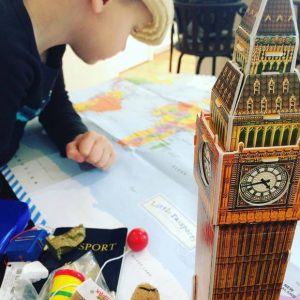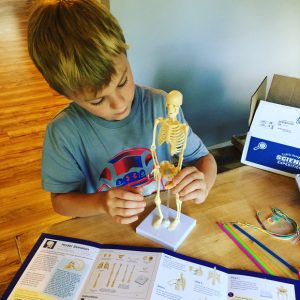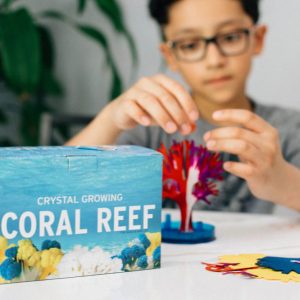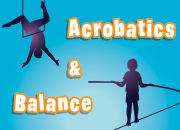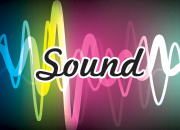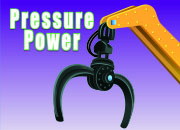Welcome to Science Expeditions Extras!
Dive deeper into your science kit’s theme and experiments. This month, learn a little extra about sound.

Sound
 Despite what you may see (or hear) in the movies, there’s no detectable sound in outer space. Even if a star develops into a supernova and explodes into cosmic smithereens, it does so silently. In the near-vacuum of outer space, there’s no air to push around, which means it’s very difficult to create a sound wave. Read more fun facts about sound and pick up some tips on your experiments below!
Despite what you may see (or hear) in the movies, there’s no detectable sound in outer space. Even if a star develops into a supernova and explodes into cosmic smithereens, it does so silently. In the near-vacuum of outer space, there’s no air to push around, which means it’s very difficult to create a sound wave. Read more fun facts about sound and pick up some tips on your experiments below!
Gather the household items from the list below before you begin your experiments. Check off items as you go or print the list here. All other materials are included in your kit.
Wind Ensemble
ruler
scissors
masking tape
Speaker Cube
clear tape
Seeing Sound
ruler
scissors
clear tape
sharp pencil
Fun Facts
The loudest naturally occurring sound on Earth that has ever been recorded is the sound of a volcano erupting.
In the caves of southwest Germany, archaeologists uncovered flutes (made of either mammoth ivory or bird bone) that are over 40,000 years old. The flute is one of the oldest known instruments in history.
Misophonia is a condition that causes a person to strongly dislike specific sounds.

Aunt Charlie’s Corner
Expert tips to complete this month’s science experiments!
 Wind Ensemble
Wind Ensemble
Watch this experiment!
Harmonica Assembly:
- Be careful while assembling, as the rubber bands may snap.
- When stretching the large rubber band, wrap one end of the band onto the craft stick. Squeeze these ends together while you stretch the other end of the rubber band to the other side.
How to Play:
- Blow between the two pieces of straw. Try blowing in different spots, but always between the two straws. Adjust the location of the straws by moving them closer together or further apart.
- Try flipping your harmonica over or turning it around to play it.
Bagpipe Assembly:
- Cut long strips of tape (around 6 inches) ahead of time before attempting to wrap tape around the glove.
- Be sure to cut only a tiny slit in the glove’s thumb—no longer than a quarter inch.
- After attaching the glove, check for leaks. To check, blow into the straw once to feel and hear if any air escapes. If there are leaks, add tape around the opening of the glove and around the slit in the thumb.
How to Play:
- If you are right-handed, hold the tube in your left hand where the straw meets the glove. Reverse the order if you’re left-handed. Push the tube into the glove while pulling on the thumb of the glove in the opposite direction (toward your mouth).
- The glove’s rubber should be taut across the opening of the tube and the straw should be almost parallel to, and directly above, the tube.
- When you blow through the straw, the glove should inflate. Make sure you don’t pinch the straw, or else you might block airflow to the glove.
- The bagpipe should make a deep horn-like sound. Watch to the experiment video to hear what it should sound like.
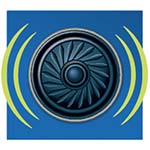 Speaker Cube
Speaker Cube
- Taping each tab of your cube will help it stay together. The tabs should be hidden inside the box.
- Remember to only connect the wire’s jack to approved sound-making devices, like a tablet or smartphone.
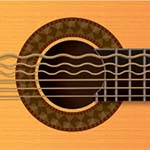 Seeing Sound
Seeing Sound
- To keep the spool from sliding, place strips of tape on the paper end of the spool and attach to the wooden dowel to secure. Repeat on the other side of the spool. You do not want the spool to slip or slide when you spin the dowel.
- Be careful, as the rubber bands may snap.
- If it is too difficult to strum the bands and spin the spool at the same time, ask a friend for help!
Print and Play
Instruments are grouped into categories (such as strings, wind and percussion) depending on what they are made of and how they are played. Learn more about instrument categories with this word search.
Photos
From whale songs to beautiful instruments to sound waves, explore the diversity of sound.
Flip through the gallery.
Explore More
Click a button below to learn about another science theme.
We Our Community
